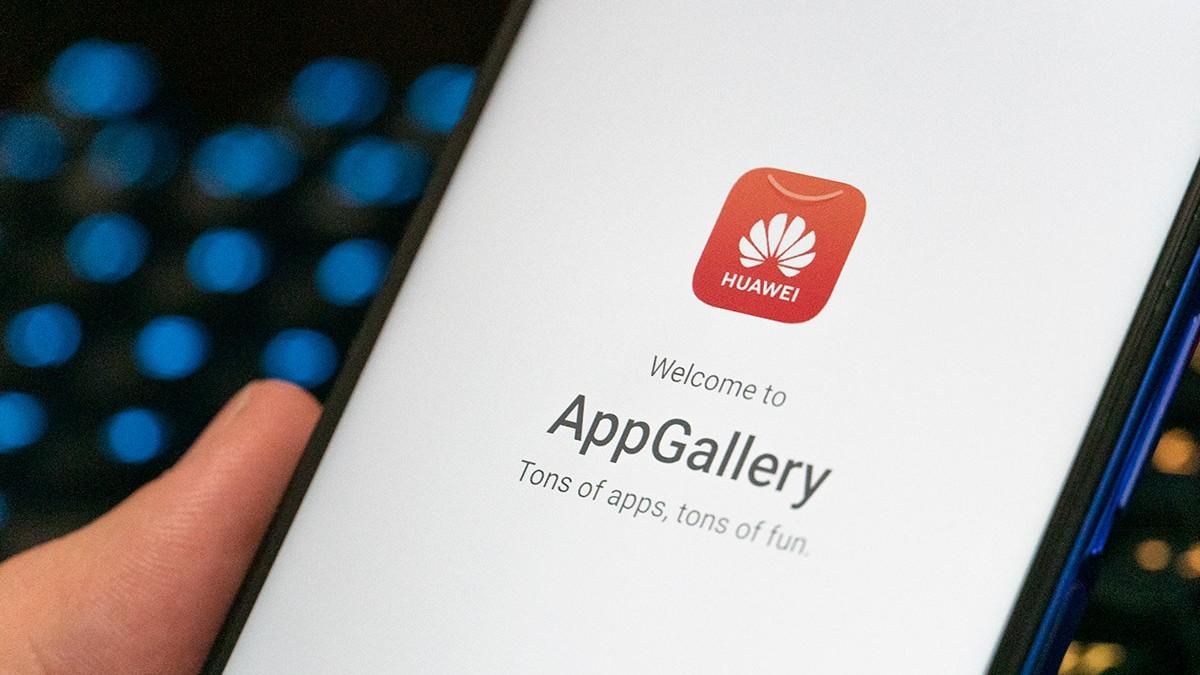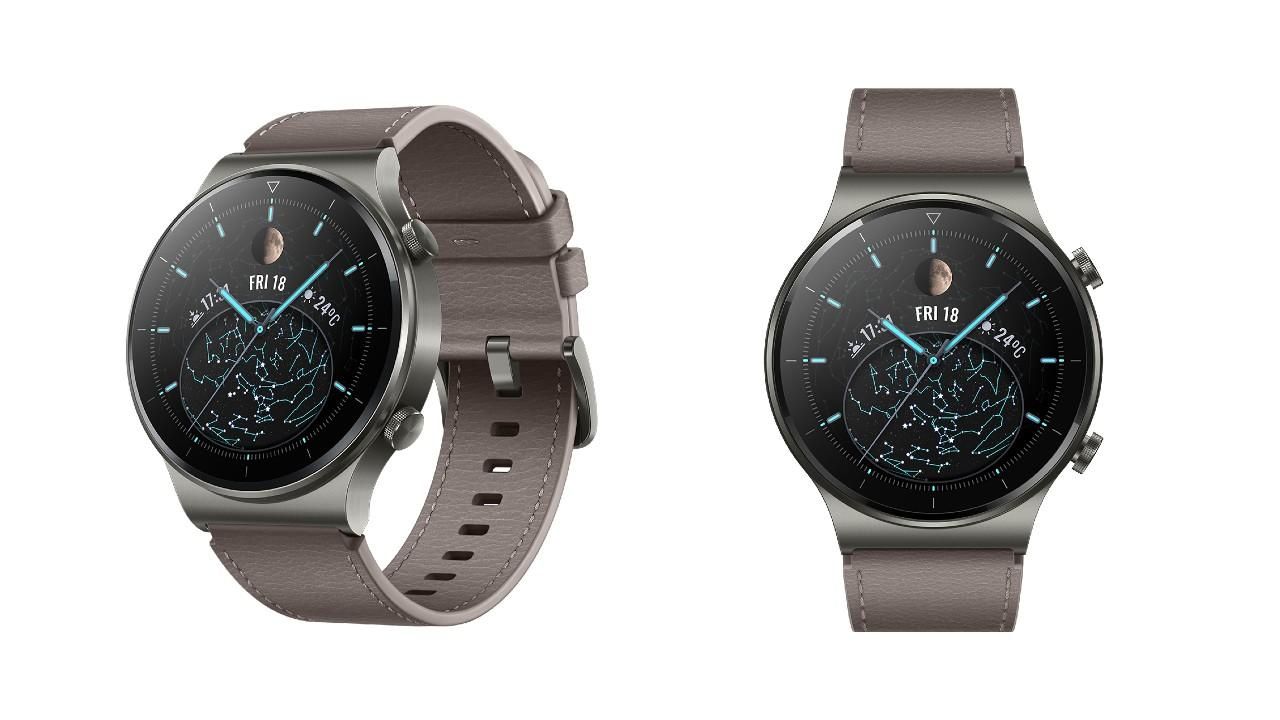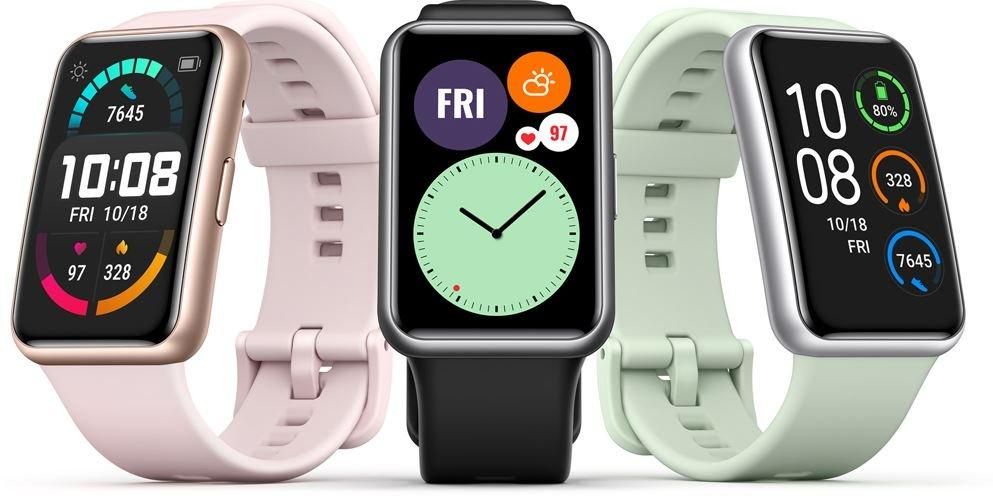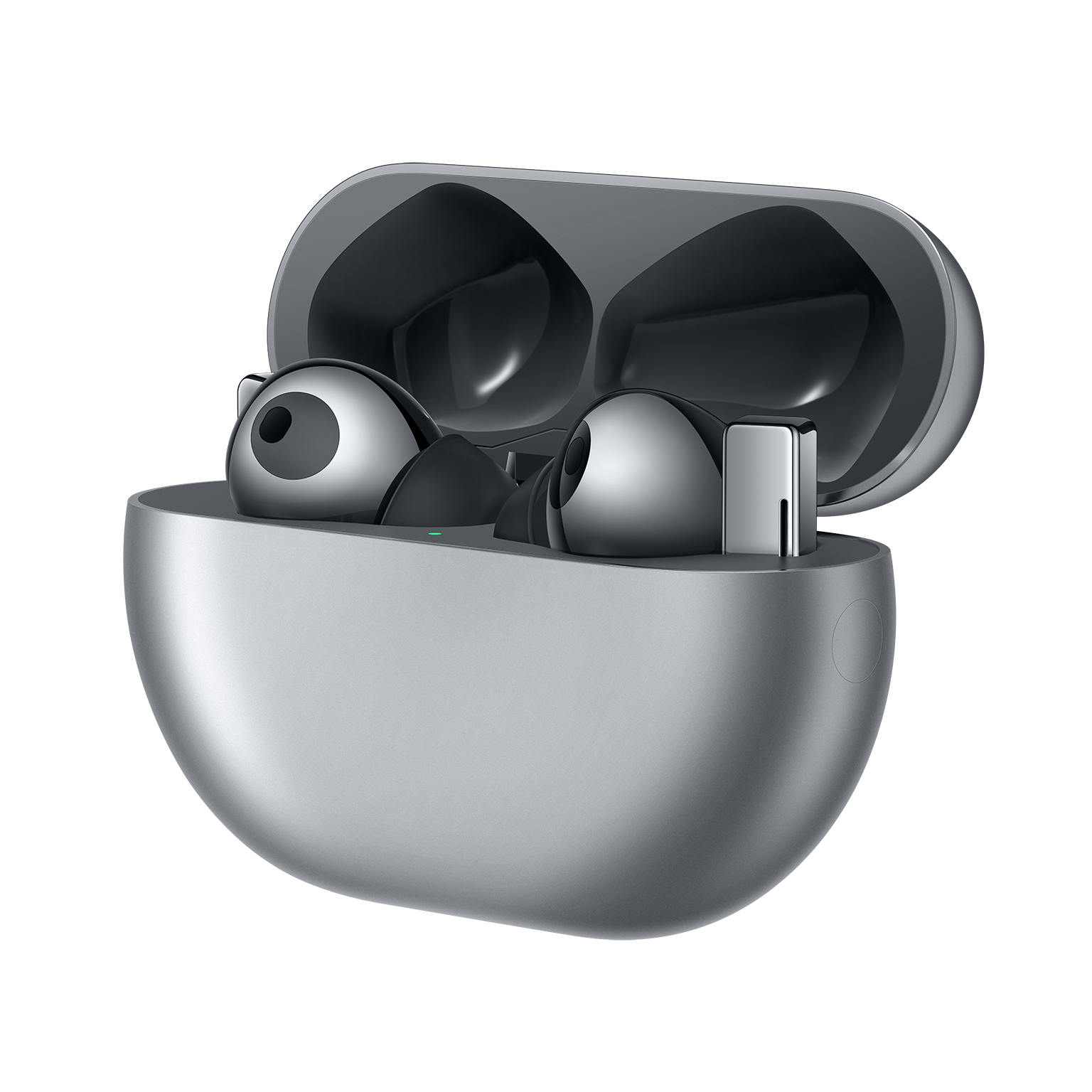The HUAWEI Developer Conference 2020 concluded a few days ago. But in terms of key announcements regarding new product launches and the company’s software ecosystem as a whole, this year’s dev conference was the most significant one.
HUAWEI launched the impressively thin and powerful MateBook X ultrabook, debuted the sleek HUAWEI Watch GT2 Pro, unveiled a new noise-canceling true wireless earbuds, and more.
But more importantly, the company talked in detail about its in-house cross-device operating system – HarmonyOS 2.0 – while detailing the advancements made with AppGallery and HMS core as a whole. It was essentially a flood of announcements, but here the most important ones that really stood out:
HarmonyOS 2.0
HDC 2020 served as the introduction platform for HarmonyOS 2.0, an updated version of HUAWEI’s homegrown OS that is faster and more functional. HUAWEI finally announced that Harmony OS is coming to smartphones next year (with SDKs planned to be released later this year), and will make its way to tablets and wearables soon.
It brings improved latency, high throughput, high reliability, and dynamic delay calibration to make cross-device file transfer more convenient, all thanks to the distributed data management system.
HUAWEI has also made major advancements in the area of security and privacy as well. HarmonyOS 2.0 relies on a versatile authentication portfolio that includes everything from facial recognition and fingerprint data to voice match and even heart rate data to grant access to system information and capabilities.
HUAWEI says it is also more efficient when it comes to collaborative meeting space and motion-control games. HUAWEI plans to fully open HarmonyOS for the dev community in October next year.
AppGallery
HUAWEI also made major revelations talking about progress made when it comes to the AppGallery and initiatives being taken to welcome aboard more developers. The company revealed AppGallery now serves over 490 million users in more than 170 countries, app downloads reaching 261 billion in the first half of 2020, and that over 1.8 million developers have joined the ecosystem so far.
The company is also offering the dev community a ton of incentives such as marketing resources and more favorable revenue-sharing models to help them reach a wider audience, 360-degree support to developers ranging from ideation and development to distribution and operation management, as well as promotion opportunities for their apps via tactics like gift codes and offering rewards for downloading certain apps.
EMUI 11
The next major upgrade for HUAWEI’s Android 11-based smartphone skin – EMUI 11 – also made its debut at the dev conference. Talking about new features, EMUI 11 introduces a customizable always-on display, a smarter multi-window interface that now lets users adjust the size of floating windows, and Multi-screen Collaboration 3.0 to easily share your smartphone’s screen on a PC and run up to three floating windows at once.
Users can directly edit files saved on the smartphone through the PC, and even take audio or video calls. The Notepad app has received a scan to create and Extract Text features, which allows users to pull text data from an image. Talking about privacy, users will now be able to remove data such as location, time, and device details before sharing it, while the memos can now be protected behind a PIN or biometric lock.
HMS 5.0
The Chinese giant also detailed v5.0 of the HUAWEI Mobile Services (HMS) Core which brings improvements in five key service areas – payments, ads, browsing, maps, and search. HMS 5.0 brings Computer Graphics Kit, Scene Kit, Accelerate Kit, AR Engine, and more such upgrades to offer an all-round performance improvement.
It also offers WidePlay DRM that offers copyright protections for music and entertainment apps and also ensures that AppGallery now connects with the HUAWEI Cloud. HUAWEI also talked about HMS Core’s advanced AR and ML capabilities to boost e-commerce, its gaming potential, and the advancements it brings in the domains of transport and navigation.
HUAWEI MateBook X and MateBook 14
HUAWEI launched the ultra-sleek MateBook X last week, introducing it as one of the thinnest laptops out there. It is smaller than a sheet of A4 paper and weighs just around 1kg.
It packs a 13-inch 3K display and draws power from Intel’s 10th Gen processors. It also supports 65W fast charging and is also the first HUAWEI laptop to come with Wi-Fi 6 support.
The MateBook 14, on the other hand, is the more mainstream option and hence is also more affordable. It comes with a 14-inch 2K display and is powered by AMD’s Ryzen 4000 series processor. It features a pop-up camera that is hidden underneath a function button, supports 65W fast charging, and ships with the HUAWEI Share tech.
HUAWEI Watch GT 2 Pro
The HUAWEI WATCH GT 2 Pro is a looker, rocking a watch face that is made of sapphire while the watch frame is made from titanium. It supports 24-hour heart rate monitoring, all-day stress monitoring, and blood oxygen saturation (SpO2) monitoring, among other fitness-centric features.
It is claimed to last two weeks on a single charge and supports over 100 workout modes. It features a 1.39 inch AMOLED display and also comes with a 5 ATM water-resistance rating.
HUAWEI Watch Fit
The company also launched the HUAWEI Watch Fit sports watch that features a rather larger rectangular display. It supports real-time heart rate monitoring, and blood oxygen saturation (SpO2) levels, can last up to 10 days on a single charge, and offers 5 ATM water resistance too. It packs a 1.4-inch AMOLED display with a resolution of 280×456 pixels, which translates to a pixel density of 326ppi.
HUAWEI FreeBuds Pro
In addition to smartwatches and laptops, HUAWEI also launched the FreeBuds Pro true wireless earbuds. They offer the in-house Dynamic ANC tech to recognize the ambient noise and negate it, providing a distraction-free music listening experience. Each earbud features two Bluetooth antennas to offer 360-degree signal coverage, while custom-tuned 11mm drivers handle the audio output.
The FreeBuds Pro also supports gestures such as long press to toggle the ANC mode, swipe to control volume, and pinch to control music playback. They are claimed to last 7 hours on a single charge, while the charging case adds another 23-hours of playback time. Plus, they can be connected with two devices simultaneously and offer a seamless switching experience as well.
HUAWEI FreeLace Pro
Lastly, HUAWEI also launched the FreeLace Pro neckband-style Bluetooth earbuds that also offer Dual-mic Active Noise Cancellation for an immersive music listening experience. They feature a larger 14mm driver and an aluminum-magnesium alloy diaphragm to deliver punchy bass and a wide soundstage. They can be charged directly by plugging them via the USB Type-C port into a smartphone. The new HUAWEI offering is claimed to last an impressive 16 hours on a single charge with noise-cancellation enabled.














